Unveiling the Enigmatic Cat Shark
The world’s oceans teem with incredible life, and among the most fascinating—yet often overlooked—creatures are cat sharks. These small, bottom‑dwelling sharks, belonging to the family Scyliorhinidae, represent a diverse group with over 150 recognized species. This guide provides a comprehensive overview of cat sharks, from their natural history and behavior to their ecological role and interactions with humans.
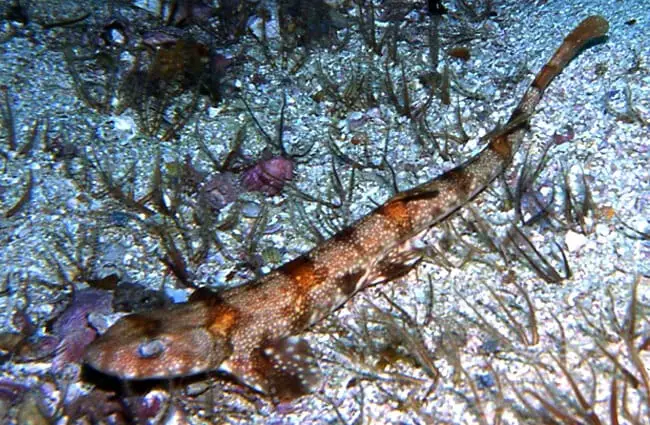
What is a Cat Shark?
The name “cat shark” comes from their slit‑like pupils, reminiscent of a cat’s eyes, and their relatively docile behavior. Unlike the fearsome great white shark, cat sharks are generally small, rarely exceeding one meter in length. They have slender bodies, two dorsal fins, and lack an anal fin—a key feature that distinguishes them from many other shark species. Their coloration varies greatly depending on the species, ranging from plain brown to intricately patterned designs with spots, stripes, or blotches, often providing excellent camouflage against the seabed.
Physical Characteristics
Cat sharks exhibit several defining physical traits. They have five gill slits on each side of their head, and their teeth are typically small and numerous, designed for crushing the shells of crustaceans and other invertebrates. A notable adaptation is the presence of dermal denticles—tooth‑like scales—that cover their skin, reducing drag and providing protection. These denticles feel like sandpaper to the touch.
Habitat and Distribution
Cat sharks are found in oceans worldwide, predominantly in temperate and tropical waters. They inhabit a wide range of depths, from shallow coastal areas to the deep sea, with many species preferring the continental shelf and slope. Several species are endemic to specific regions, while others have broader distributions. Common habitats include rocky reefs, sandy bottoms, and seagrass beds. The dark shyshark, for example, is frequently found in the waters off the coast of South Africa, while the small‑spotted catshark is common in the eastern Atlantic and Mediterranean Sea.
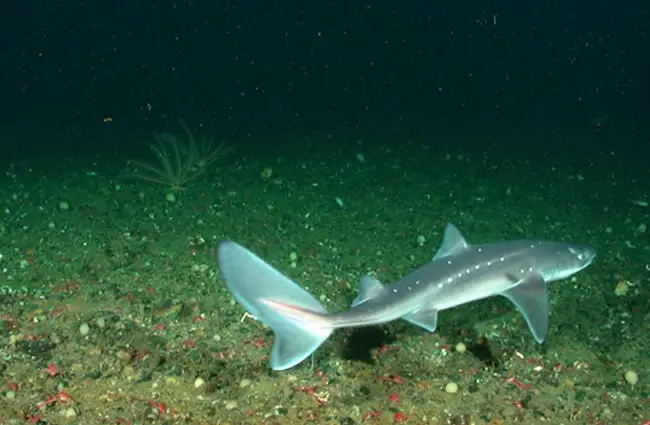
Evolutionary History
The evolutionary origins of cat sharks can be traced back to the Jurassic period, over 150 million years ago. They belong to the order Carcharhiniformes, which includes many of the more familiar shark species. However, cat sharks represent an ancient lineage within this order, having diverged early in its evolutionary history. Fossil evidence suggests that their ancestors were similar in appearance to modern cat sharks, indicating a relatively stable evolutionary trajectory. Their adaptability and relatively low metabolic rate have likely contributed to their long‑term survival.
Diet and Feeding Behavior
Cat sharks are primarily benthic feeders, meaning they forage on or near the seafloor. Their diet consists mainly of invertebrates, including crustaceans, mollusks, and polychaete worms. Some species also consume small fish and cephalopods. They locate prey using their acute sense of smell and electroreception, which allows them to detect the weak electrical fields generated by living organisms. Cat sharks typically swallow their prey whole, relying on a combination of crushing teeth and muscular contractions to break down tough shells and exoskeletons.
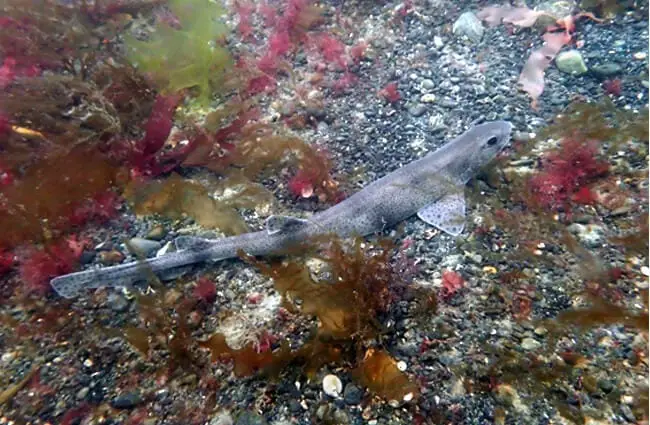
Reproduction and Life Cycle
Cat sharks exhibit a unique reproductive strategy known as oviparity, meaning they lay eggs. The female produces leathery egg cases, often referred to as “mermaid’s purses,” which contain one or two eggs. These egg cases are typically anchored to rocks, seaweed, or other submerged structures. The embryos develop within the egg case for several months, nourished by the yolk. Upon hatching, the juvenile sharks are independent and immediately begin foraging on their own. The incubation period varies depending on the species and environmental conditions. Cat sharks typically have a slow growth rate and a relatively long lifespan, with some species living for over 20 years.
Ecological Role and Interactions
Cat sharks play an important role in marine ecosystems as both predators and prey. They help control populations of invertebrates and small fish, contributing to the overall health and stability of benthic communities. They, in turn, are preyed upon by larger sharks, rays, and marine mammals. Some species also host parasites and commensal organisms, adding to the biodiversity of their habitats. As bottom dwellers, cat sharks are sensitive to habitat disturbance and pollution, making them useful indicators of environmental health.
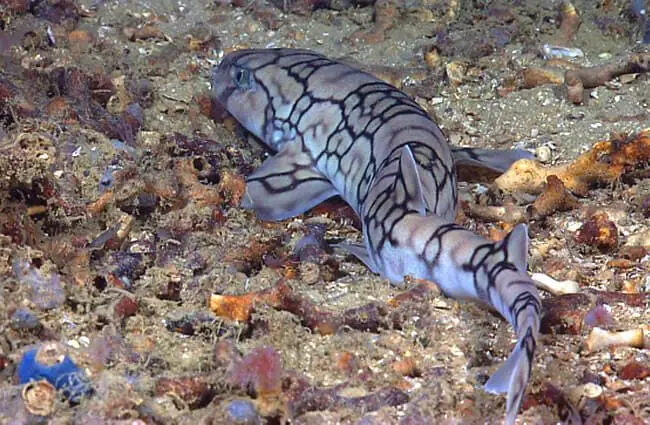
Human Interactions and Conservation
While generally not considered dangerous to humans, cat sharks are sometimes caught as bycatch in fisheries targeting other species. Their slow reproductive rate and limited dispersal capabilities make them vulnerable to overfishing. Several species are now listed as threatened or endangered by conservation organizations. Efforts to protect cat sharks include implementing sustainable fishing practices, establishing marine protected areas, and reducing pollution.
Encountering a Cat Shark
If you encounter a cat shark while diving or snorkeling, it is best to observe it from a distance and avoid disturbing its natural behavior. Do not attempt to touch or feed the shark, as this can disrupt its foraging patterns. Remember that cat sharks are an important part of the marine ecosystem, and their conservation is essential for maintaining the health of our oceans.
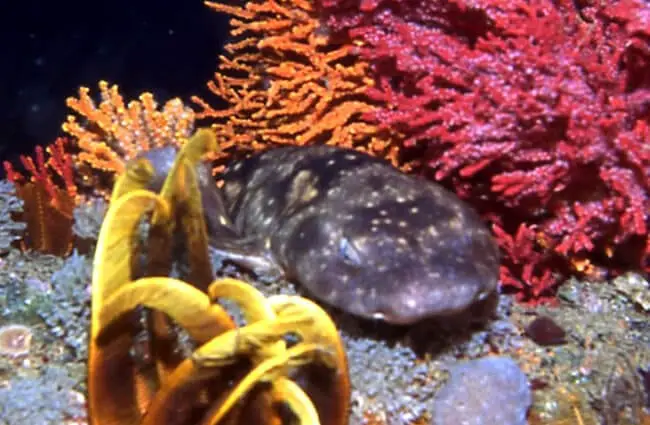
Cat Shark Care in Captivity
Maintaining cat sharks in captivity requires specialized knowledge and facilities. Large aquariums with sandy or rocky substrates are essential, as well as appropriate water quality parameters, including temperature, salinity, and pH. A varied diet of crustaceans, mollusks, and small fish should be provided, supplemented with vitamins and minerals. Regular monitoring of health and behavior is crucial, as is the provision of enrichment items to stimulate natural foraging and exploration. Avoid overcrowding and stressful conditions, as these can compromise the shark’s immune system and lead to disease.
Fascinating Facts About Cat Sharks
- Some cat shark species can glow in the dark, a phenomenon known as bioluminescence.
- Certain catshark species can live for more than 50 years.
- Cat shark egg cases are remarkably durable and can withstand considerable pressure.
- The pattern of spots and markings on a catshark’s skin is unique to each individual.
- Cat sharks are remarkably resilient and can tolerate a wide range of environmental conditions.

Conclusion
Cat sharks are fascinating and ecologically important creatures that deserve our attention and protection. Their unique adaptations, diverse habitats, and vital role in marine ecosystems make them a truly remarkable group of animals. By understanding their biology, behavior, and conservation needs, we can ensure that these enigmatic sharks continue to thrive for generations to come.

![Red Angus Closeup of a beautiful Red Angus cowPhoto by: U.S. Department of Agriculture [pubic domain]https://creativecommons.org/licenses/by/2.0/](https://animals.net/wp-content/uploads/2020/03/Red-Angus-4-238x178.jpg)




![Red Angus Closeup of a beautiful Red Angus cowPhoto by: U.S. Department of Agriculture [pubic domain]https://creativecommons.org/licenses/by/2.0/](https://animals.net/wp-content/uploads/2020/03/Red-Angus-4-100x75.jpg)

